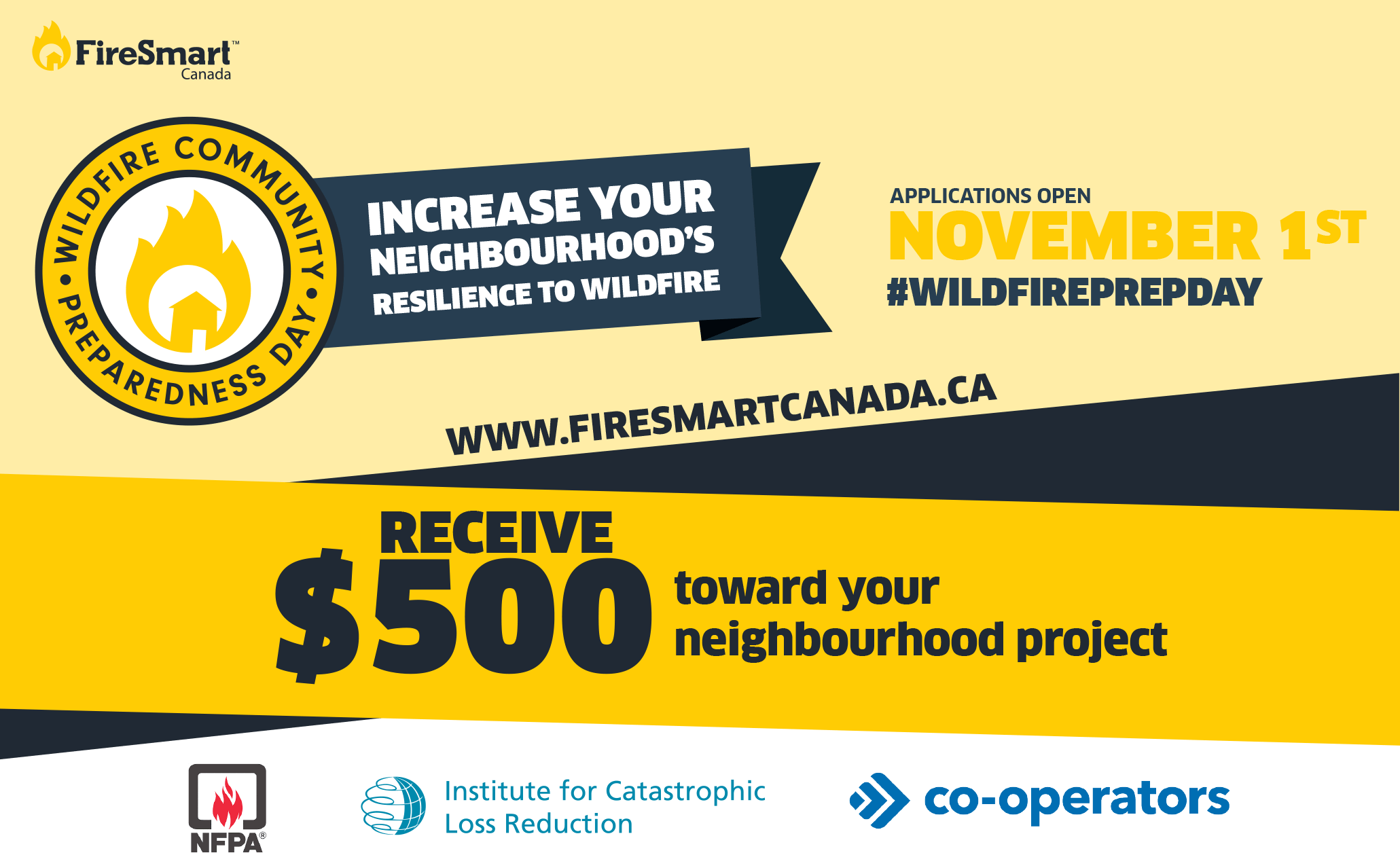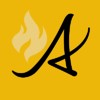
While snow cover and cooler temperatures reduce the risk of wildfires, they do not eliminate it entirely. Many winter wildfires start from abandoned campfires. If you see smoke or flames in the forest and suspect it may be a wildfire, report it to 310-FIRE.
A fire left smouldering can dig deep into the ground as it burns organic matter. Often these fires are quite large by the time they are discovered, and can be difficult to extinguish.
Never assume that rain or snow will put your fire out. Always follow the same steps to extinguish a fire: soak it, stir it, soak it again.
ROCKY MOUNTAIN HOUSE WILDFIRE UPDATE
The wildfire danger in the Rocky Mountain House Forest Area is currently low, and there are no active wildfires. Unless conditions change, the next wildfire update will be on January 13, 2025. Regular wildfire updates will begin with the 2025 wildfire season on March 1.
HOLIDAY OFFICE CLOSURE
The Rocky Mountain House Forest Area wishes you a joyful holiday and the very best in the new year!
If you require a permit to discharge fireworks on New Years Eve you will need a permit to do so this week. Written permission is required year-round. Those seeking written permission to shoot, discharge, detonate or ignite fireworks within the Forest Protection Area may apply for written permission from a Forest Officer.

WINTER BURNING
From November 1 to February 28 fire permits are not required for burning in the Forest Protection Area of Alberta. However, you are still responsible for any fires you ignite during this time.
Before You Burn
- Winter burns should be conducted in areas with sufficient snow cover of more than 15 cm, and the burns must be monitored the entire time.
- Ensure smoke warning signs are in place before burning within half a mile (800 m) of a roadway.
- Consult your local municipality on how to safely undertake larger winter burning projects near communities or roads.
While Burning
- Have someone monitor the burn the entire time. If it escapes, immediately report it to 310-FIRE.
- Ensure you have the right tools, water and equipment on hand to keep the burn under control.
- Only burn what you can control with the equipment and personnel available, and adjust your burning according to current weather conditions in your area.
- Build it right. Brush piles or debris windrows should be free of soil, built to a maximum height of three metres, and have cleared land around them to stop the spread of fire.
After You Burn
- Spread the remaining material within the pile and soak it with water as required.
- Check the area to ensure both heat and smoke are no longer being produced by the pile—it should be cool to the touch.
- Check your burn site multiple times in the following weeks to ensure it has not reignited.

TREE CUTTING FOR PERSONAL USE
Personal Use Forest Products Permits (PUFPP) are for small-scale, personal use only (no resale) for Christmas trees, firewood, roundwood or transplants. These free permits are available online or in person at your nearest forestry office.
PUFPPs authorize Albertans to cut and removed timber from designated Crown land only. To help you identify approved harvesting locations, we provide both downloadable and interactive maps on our website.
The area-specific PUFPP document must be with you at all times while cutting or transporting trees from Crown land. In one 30-day period, a person can hold up to four permits – up to one permit each for: firewood, Christmas trees, roundwood and transplants.
WILDFIRE COMMUNITY PREPAREDNESS DAY - MAY 3, 2025
Wildfire Community Preparedness Day is a national campaign that encourages citizens to take actions that increase their home, neighbourhood and community’s resilience to wildfire. Residents of all ages all over the country are encouraged to come together at any time from May to October to host events and work on projects that raise awareness of wildfire risk and increase their resilience to it.
Don’t miss out on this opportunity! Apply for your chance to receive $500 to support a FireSmart event or project in your street or community. Applications are now open until January 31, 2025.
If you have questions, looking for ideas or would like support with your event, contact Allanah McLean at 403-418-5023 or allanah.mclean@gov.ab.ca.


403-418-5023
